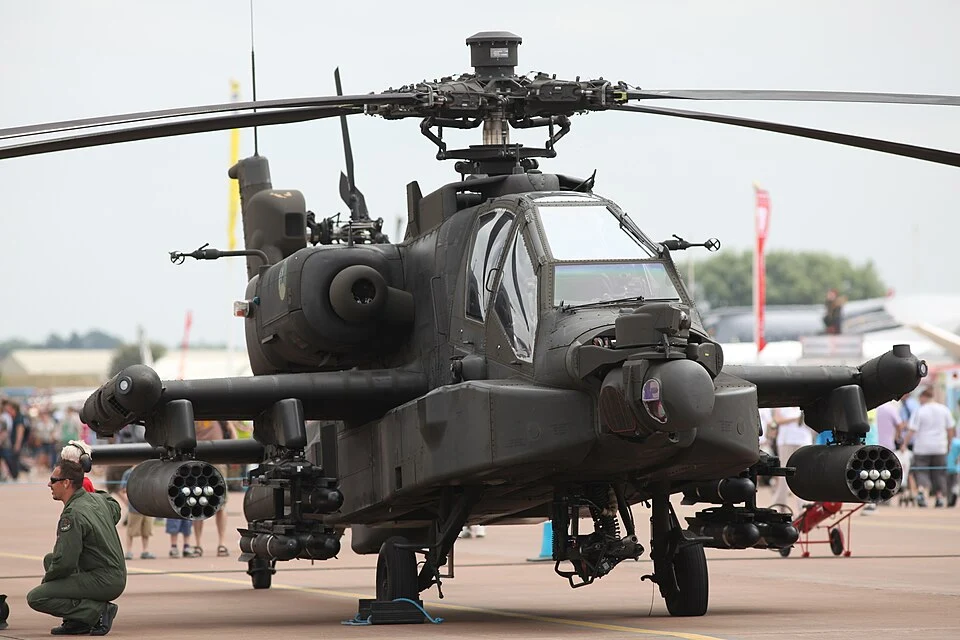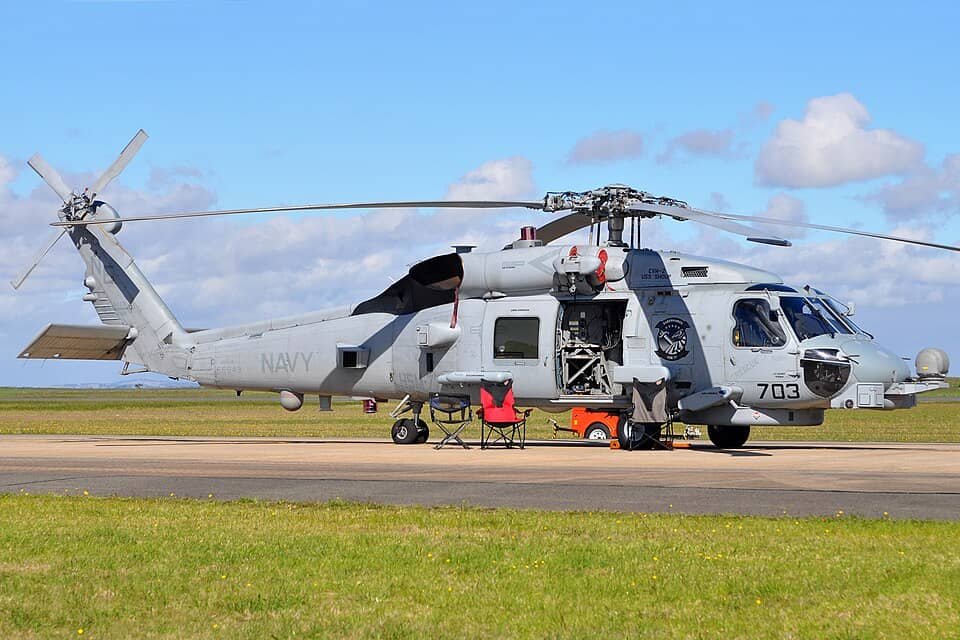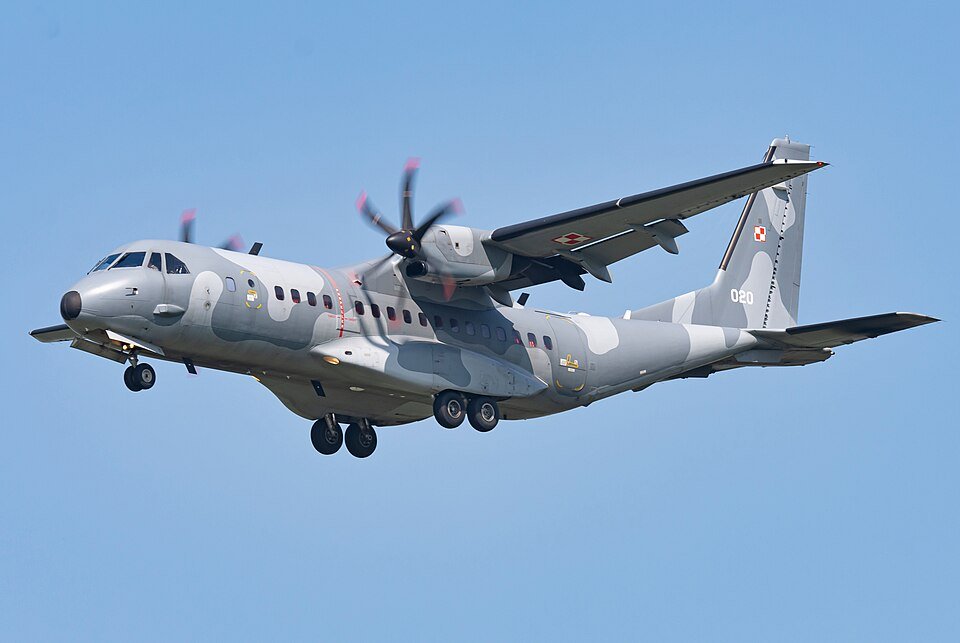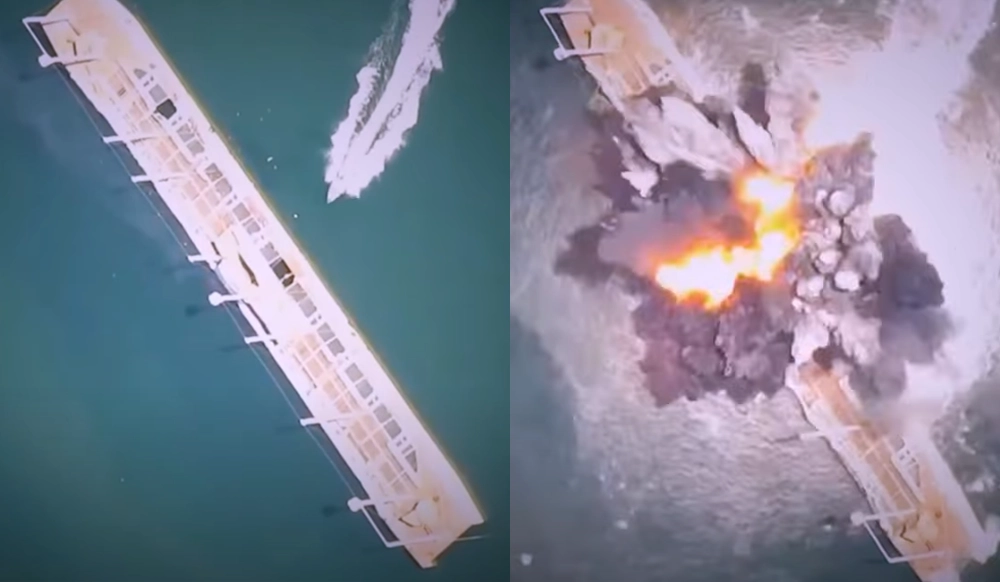IAF to wet lease KC-135 Stratotanker from Metrea

IAF’s Strategic Move Toward Enhanced Refueling
In a significant development for India’s defense aviation, the Indian Air Force (IAF) has finalized a wet-lease contract with US-based Metrea Management for a Boeing KC-135 Stratotanker. Signed on March 28, 2025, this deal represents the IAF’s inaugural use of a wet-lease model for flight refueling aircraft (FRA), aimed primarily at bolstering air-to-air refueling training for both IAF and Indian Navy pilots. The aircraft, to be based at Agra Air Force Station, will be fully operated and maintained by Metrea, including crew and insurance, allowing Indian forces to concentrate on skill development.
This initiative tackles persistent challenges with the IAF’s six Ilyushin Il-78MKI tankers, acquired in 2003, which have suffered from low serviceability rates—often below 50%—due to faulty refueling pods and limited support from the manufacturer. Amid stalled procurements for new platforms like the Airbus A330 MRTT, the KC-135 offers an interim boost to operational readiness, particularly along sensitive borders with China and Pakistan.
In an era of heightened geopolitical tensions and evolving aerial warfare, the Indian Air Force (IAF) is taking a proactive step to bolster its operational capabilities by securing a wet-leased Boeing KC-135 Stratotanker from the US-based military contractor Metrea Management. This arrangement, slated to begin in October 2025, follows a contract signed on March 28, 2025, and marks a historic first for the IAF in adopting a wet-lease model for flight refueling aircraft (FRA). Under this turnkey agreement, Metrea will handle all aspects of operation, including piloting, maintenance, and insurance, enabling the IAF and Indian Navy to prioritize specialized training for their pilots. This training is crucial for mastering air-to-air refueling techniques on advanced fighter platforms such as the Rafale, Su-30 MKI, and MiG-29K, which are integral to India’s defense posture along contested borders like the Line of Actual Control (LAC) with China and the Line of Control (LoC) with Pakistan. [Source1]
Why an immediate requirement for FRAs in IAF?
The decision stems from longstanding issues plaguing the IAF’s existing fleet of six Ilyushin Il-78MKI tankers, inducted in 2003 from Soviet-era designs. These aircraft have grappled with chronic maintenance challenges, including unreliable refueling pods and insufficient support from the original manufacturer, resulting in serviceability rates dipping below 50%—far short of the IAF’s 70% target. Such limitations have curtailed the IAF’s ability to conduct extended-range missions, a critical shortfall amid rising regional threats. While efforts to acquire new multi-role tanker transports, such as the Airbus A330 MRTT, have been hindered by bureaucratic delays and budgetary constraints, the wet-lease option provides a pragmatic, cost-effective interim measure to maintain mission readiness and force projection without committing to outright purchases.
Detailed Analysis: Importance of Flight Refueling Aircraft in Modern Air Warfare.
The decision stems from longstanding issues plaguing the IAF’s existing fleet of six Ilyushin Il-78MKI tankers, inducted in 2003 from Soviet-era designs. These aircraft have grappled with chronic maintenance challenges, including unreliable refueling pods and insufficient support from the original manufacturer, resulting in serviceability rates dipping below 50%—far short of the IAF’s 70% target. Such limitations have curtailed the IAF’s ability to conduct extended-range missions, a critical shortfall amid rising regional threats. While efforts to acquire new multi-role tanker transports, such as the Airbus A330 MRTT, have been hindered by bureaucratic delays and budgetary constraints, the wet-lease option provides a pragmatic, cost-effective interim measure to maintain mission readiness and force projection without committing to outright purchases.
Global Trends in Aerial Refueling Acquisitions
The IAF’s approach aligns with broader international efforts to modernize refueling fleets. For instance, the US Air Force recently awarded Boeing a $2.4 billion contract in November 2024 for 15 more KC-46A Pegasus tankers, bringing its global commitments to 168 aircraft and underscoring the platform’s role in multi-mission operations. Similarly, Israel announced in August 2025 its intent to purchase two additional KC-46As for $500 million, funded by US aid, to alleviate strain on its aging Boeing 707 fleet amid intensified regional conflicts.
The US is also exploring a “Tanker Production Extension” program starting in FY26, potentially extending KC-46 production or inviting competitors like Airbus, while advancing concepts for a stealthy Next-Generation Air Refueling System (NGAS) by 2040. These deals reflect a shared recognition of refueling’s strategic value in extending combat reach.
The Broader Significance of Air-to-Air Refueling
Evidence from recent military activities illustrates why nations are investing heavily in this capability. In the NATO-led Ramstein Flag 25 exercise in April 2025, refueling assets from six Allies enabled over 90 fighter jets to conduct distributed operations, enhancing interoperability and resilience against threats. Such force multiplication is essential for great-power competition, as US analyses emphasize, allowing bombers to operate beyond anti-access zones in regions like the Indo-Pacific. Overall, air-to-air refueling not only extends flight durations but also amplifies payload capacities, proving indispensable in modern warfare.
The KC-135 Stratotanker, a venerable Boeing design with over six decades of service in the US Air Force, is well-suited for this role. Equipped with a flying boom system and optional Multi-Point Refueling System (MPRS) pods for probe-and-drogue compatibility, it aligns seamlessly with the IAF’s and Navy’s aircraft requirements. To be stationed at the IAF’s Air Force Station in Agra, the leased tanker will facilitate hands-on training, enhancing pilot proficiency in mid-air refueling—a key enabler for prolonged operations over vast distances. Metrea Management, boasting the world’s largest commercial aerial refueling fleet of 18 C-/KC-135 aircraft, brings proven expertise to the table. The company has logged over 130,000 flight hours supporting the US Navy and allied forces, and its recent acquisition of 14 additional tankers from the French Air Force further bolsters its operational capacity. Remarkably, Metrea aims to deploy the KC-135 within just six months of contract signing, demonstrating agility in addressing urgent defense needs.
This Indian initiative is part of a broader global surge in aerial refueling investments, reflecting the capability’s indispensable role in modern military strategies. For example, in November 2024, Boeing clinched a $2.4 billion deal with the US Air Force for 15 additional KC-46A Pegasus tankers, building on prior contracts worth $4.6 billion for 30 more units in 2023. The KC-46A, derived from Boeing’s 767 jetliner, can transfer up to 96,000 kilograms of fuel mid-flight, supporting diverse aircraft and even receiving fuel itself for extended missions. Despite early setbacks like issues with its remote vision system and fuel pump vibrations, the platform has accumulated over 100,000 flight hours globally, with 89 delivered to the US Air Force since 2019 and a total of 168 under contract worldwide. This expansion underscores the US’s commitment to maintaining air superiority, particularly in great-power competitions where refueling extends operational ranges by up to 50%.
Recent engagements of FRAs worldwide
Similarly, Israel announced in August 2025 its pursuit of two more KC-46A Pegasus tankers, valued at $500 million and funded via US aid, to augment its overtaxed fleet of aging Boeing 707 Re’em tankers. With only about seven 707s operational as of late 2024, Israel’s aerial refueling assets have been stretched thin by recent conflicts, including a 12-day war with Iran and strikes against Houthi targets in Yemen following the October 7, 2023, Hamas attack. The additional KC-46As, customized with Israeli command-and-control systems, will enhance long-range strategic strikes, allowing operations in distant theaters with greater scale and flexibility. This builds on a 2020 US approval for up to eight KC-46As and a 2022 contract for the first four, with deliveries expected by late 2026. [Source2]
The US Air Force is also pivoting its strategy with a proposed “Tanker Production Extension” program in FY26, requesting $23.8 million to develop proposals potentially favoring the KC-46 or opening bids to competitors like Airbus and Embraer. This shift away from an earlier stealth-focused recapitalization plan aims to bridge gaps until the Next-Generation Air Refueling System (NGAS), a low-observable design targeted for 2040, matures. Meanwhile, commercial providers like Omega Air Refueling have demonstrated innovation, achieving milestones such as the first contracted refueling of fifth-generation F-22 Raptors in November 2023 and boom-equipped US Navy aircraft in December 2023.
These developments emphasize the strategic imperative of air-to-air refueling as a force multiplier in contemporary defense engagements. By extending aircraft range and endurance, it allows for greater payload carriage—enabling takeoffs with more weapons or cargo—and sustains operations without frequent landings, as noted in foundational analyses. In great-power contexts, such as potential US-PRC confrontations in the Indo-Pacific, refueling supports long-range bomber missions from secure bases, countering anti-access/area denial (A2/AD) threats that extend up to 3,000 km. Historical precedents, like the 1986 Operation El Dorado Canyon over Libya, illustrate how tankers enabled strikes from distant locations, a capability that has revolutionized military operations since the Vietnam War.
Recent military exercises further showcase this importance. During the NATO Ramstein Flag 25 in April 2025, seven refueling assets from Canada, France, Italy, Türkiye, the UK, and the US supported over 90 Allied fighter jets—including F-35s, Rafales, and Eurofighters—in distributed air operations across Europe. This setup reduced downtime, enhanced interoperability, and bolstered resilience against threats to fixed bases, reinforcing NATO’s collective defense posture. Similarly, in the RED FLAG Alaska 23-2 exercise, refueling extended aircraft endurance, marking a century of this technology’s evolution. The African Lion 2025 exercise incorporated space-based radar with refueling to amplify joint force effectiveness.
Looking forward, the IAF’s experience with the KC-135 could shape future indigenous or collaborative tanker programs, aligning with global trends toward private-sector involvement in defense. As nations like the US address aging fleets—the KC-135 averaging over 60 years with rising maintenance costs—and plan for advanced, survivable tankers, India’s wet-lease model offers a blueprint for agility in capability enhancement. Ultimately, these advancements underscore air-to-air refueling’s role in sustaining large-scale operations, from troop transport to humanitarian aid, as the military aerial refueling market continues to grow.
[Source2: https://www.nationalguard.mil/Development/Innovation/?videoid=964222&dvpTag=lion]
[Source1: https://www.defencexp.com/mod-signed-contract-for-wet-lease-of-kc-135-refuelling-aircraft/]
[Image Source: Wikipedia]








